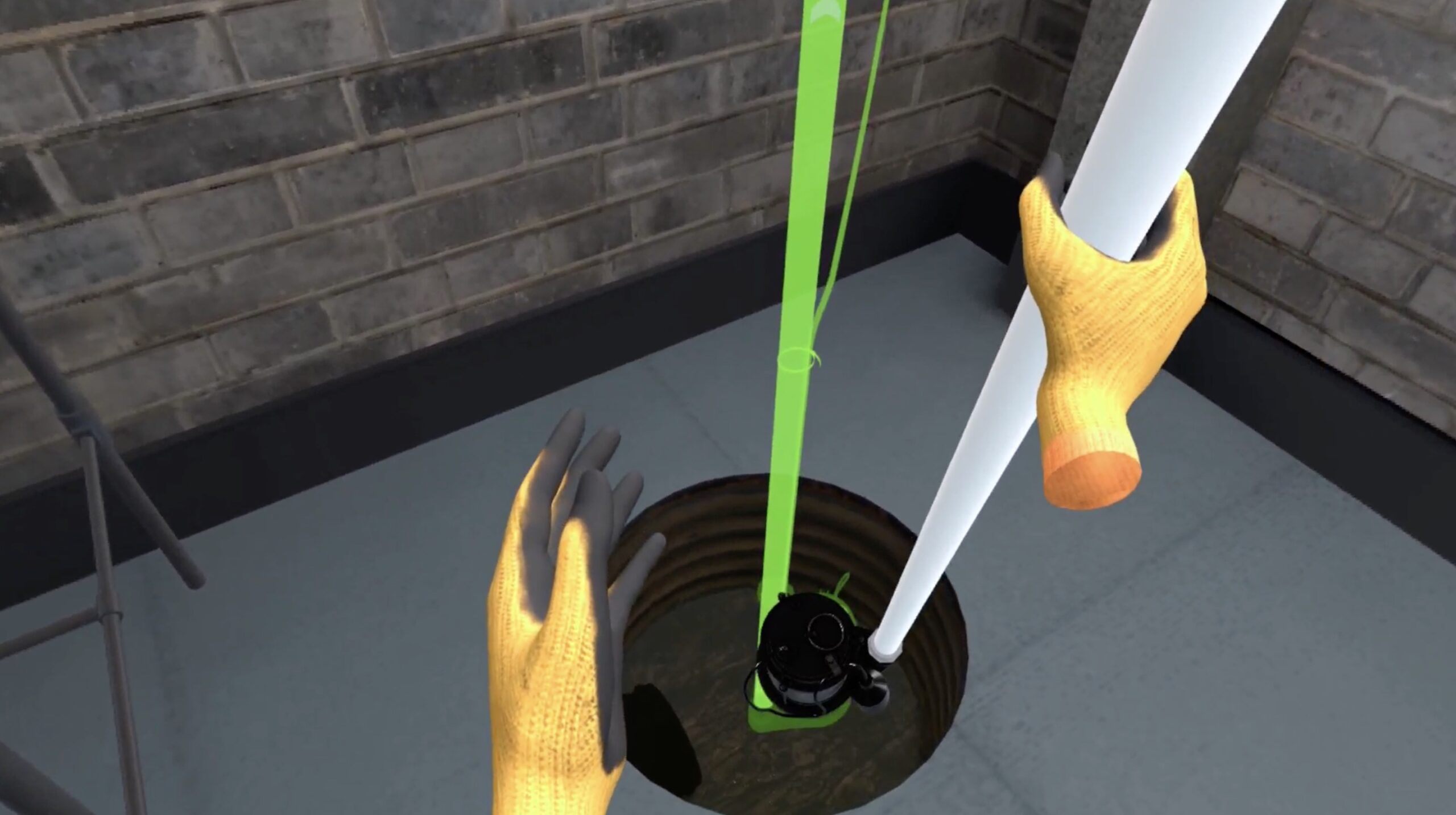When we think of plumbers, we often picture someone fixing pipes—but modern plumbing goes far beyond that. Today’s professionals install advanced systems, and sump pump and sewage pump installation is one of the most essential skills. These pumps are vital for preventing flooding and sewage backup in homes and commercial buildings. Mastering their installation sets top plumbers apart and is crucial for anyone aiming to specialize in modern plumbing systems.
Importance of Sump and Sewage Pump Skills in Plumbing
With rising extreme weather, effective flood prevention and sanitation are crucial. Homes with basements, crawl spaces, or lower-level bathrooms rely on sump and sewage pump systems to prevent water damage and sewage backups. For plumbers, mastering these installations showcases professionalism and technical expertise. As demand for reliable systems grows, strong installation skills provide a competitive edge in today’s job market.
What Are Sump Pumps and Sewage Pumps?
You might be wondering, what exactly are sump pumps and sewage pumps? Let’s explore these essential systems and their role in installing an effective plumbing system.
– Sump Pumps:
Sump pumps remove excess groundwater from basements, crawl spaces, and flood-prone areas. The pump collects water in a sump basin and redirects it to a drainage area, preventing water damage.
– Sewage Pumps:
Sewage pumps handle both solid and liquid waste, transporting sewage from a holding basin to the main sewer line or septic tank. They are essential in homes with lower-level bathrooms where gravity flow can’t move waste, preventing sewage backups.
Why Pump Installation Skills Are Crucial for Plumbers
Mastering sump pump and sewage pump installation is crucial for plumbers. Proper installation safeguards homes, ensures health and safety, and prevents costly damage. Incorrectly installed pumps can cause flooding, unsanitary conditions, and expensive repairs. Additionally, speed and precision in installation directly affect customer satisfaction and job profitability. Skilled pump installation is essential for a successful plumbing career.

Key Tips for Safe and Efficient Pump Installation
Before starting the installation, keep these principles in mind to ensure safety, security, and durability. Remember these essential steps:
– Use primer and glue to create airtight, watertight connections.
– Align valves properly to prevent backflow issues.
– Tighten all fittings with the right tools, such as slip-joint pliers, to avoid leaks.
– Drill a 45-degree air vent hole for optimal system efficiency.
– Verify power connectivity and test the system after installation.
– Secure all components, including covers, for safety and to prevent future problems.
These principles ensure every sump pump and sewage pump installation meets industry standards and functions safely and efficiently.
How to Install a Sump Pump: Step-by-Step Guide
Installing a sump pump is crucial for preventing water damage in basements. Follow these steps for proper and efficient installation:
1. Prepare the Pipes: Apply primer to pipe openings and fittings for secure connections.
2. Connect the Coupling and Adapter: Use pipe glue and primer on the male threaded adapter for a tight fit.
3. Install the Check Valve: Align and tighten the check valve to maintain one-way water flow and prevent backflow.
4. Attach the Discharge Pipe: Prime, glue, and connect the discharge pipe to the pump with pliers for a firm connection.
5. Drill Air Vent Hole: Drill a 45-degree angled air vent hole for airflow and system efficiency.
6. Place the Pump: Lower the pump into the pit, ensuring proper positioning to remove accumulated water.
7. Finish Connections: Tighten couplings and valves to eliminate leaks.
8. Power Up and Test: Connect the pump to power and test its operation.
9. Secure the Cover: Place a protective cover to prevent debris and safeguard the pump.
Following this guide ensures a proper sump pump installation to protect your basement from water damage.
How to Install a Sewage Pump: Complete Process
Installing a sewage pump is essential for managing both liquid and solid waste. Follow these steps for efficient installation:
1. Prime and Assemble: Apply primer to pipe openings and securely connect the male adapter and coupling.
2. Install Check Valve: Align and tighten the check valve to prevent backflow.
3. Connect Pump Discharge: Glue and connect the adapter and pipe to the pump for a secure fit.
4. Drill Air Hole: Drill a 45-degree air vent hole for proper airflow.
5. Lower Pump into Pit: Position the pump correctly in the pit to manage solids and liquids.
6. Finalize Pipe Connections: Use primer and glue to secure all fittings and prevent leaks.
7. Power the Pump: Check power connectivity and test for smooth operation.
8. Install Cover & Vent: Place the cover over the pit and attach the vent pipe with a secure seal.
By following this guide, you’ll ensure safe and effective sewage pump installation, preventing issues like clogs or backflow.
Common Sump and Sewage Pump Installation Mistakes
Even experienced plumbers can overlook details that cause long-term issues. To ensure a safe and efficient sump pump and sewage pump installation, avoid these mistakes:
– Missing Air Vent Hole: Not drilling a vent hole traps air, leading to pump failure. Always drill above the check valve for proper airflow.
– Incorrect Check Valve Position: Misaligning the check valve causes backflow. Install it correctly to maintain one-way water flow.
– Loose Electrical Connections: Loose connections can cause failure or fires. Secure and insulate all electrical connections properly.
– Shallow or Narrow Pit: A shallow or narrow pit reduces efficiency and causes wear. Ensure the pit is deep and wide enough for smooth operation.
How VR Training Boosts Plumbing Installation Skills
Virtual Reality (VR) is transforming plumbing training by offering a hands-on, risk-free environment for learning sump pump and sewage pump installation. VR allows trainees to make mistakes and repeat steps without real-world consequences, building muscle memory in realistic simulations. This immersive method boosts confidence, speeds up learning, and prepares future plumbers for success. VR training provides valuable practical experience, helping students and career changers become more efficient and job-ready for installations.
ImmerseLearn Plumbing Technician & VR Courses Overview
ImmerseLearn offers specialized Plumbing Technician and Microcredential courses focused on hands-on installations, including sump and sewage pumps. These programs blend comprehensive theoretical knowledge with virtual, practical training to build both competence and confidence in learners. Developed in partnership with industry experts, the curriculum ensures graduates are not only job-ready but also equipped with the latest industry standards, making them primed for real-world success.

About the Author
Mike Baker is a seasoned plumbing manager and former professional plumbing inspector for the state of Idaho. He holds both a Journeyman Plumber’s license and a Plumbing Contractor’s license in Idaho. With over 20 years of experience in the plumbing field and 24 years of service in the National Guard, Mike brings a wealth of expertise and dedication to his work. In addition to his hands-on experience, Mike is an author of three books, a former podcast host, and a contributor to numerous plumbing trade blogs. His writing reflects his deep knowledge of the field and his commitment to sharing insights with others in the industry.





